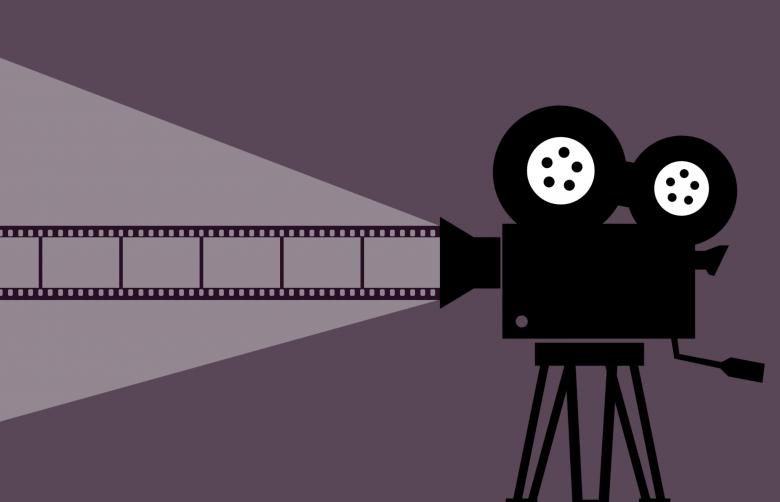We all remember a cinematic moment from our favorite movie, recounting it scene by scene for our friends around the lunch table in high school, but when does anyone talk about their favorite cinematic moment from a book? Hardly ever it seems. Much of this is due to movies being a more prolific medium for having these shareable moments, though as a writer you can also do more to make your engaging story moments stand out even more.
Every aspect of cinematic moments is found in the setup and the presentation. In Marvel’s Iron Man, for example, Tony Stark’s missile unveiling scene in the first five minutes of the film is memorable in its scope and scale. It tells an aspect of the story that could have been done more subtly, but chooses to present it in a dramatically bombastic fashion. This is what good writers can build into their writing through drama, purpose, and most importantly, presentation.
Dramatic tension
Tension is brought about through conflict, either during or between it. Nothing will have your audience remembering the scene more than having a build-up to conflict. Often it is not the fight scenes in movies and novels we store in our minds, but what precedes them. In Tolkien’s Lord of the Rings, the uneasy and grueling minutes before the last stand at Helm’s Deep is what gives us the excitement for the battle to come. Without Aragorn’s leadership to rally them in those moments, the battle thereafter would be less impactful to the reader. Knowing the stakes of your current conflict, be it major or minor, can help you determine what kind of tension to use for a scene and how much.
Moments with purpose
Having a direction for a cinematic moment in your story can ratchet up the momentum of the plot that your audience has invested in. Every cinematic moment in film tends to have a start and end that emphasizes a point in the narrative. Books can use this technique too, even more so than films in certain aspects as the extra space for exposition can really mold a plot point to the writer’s whim. Using Lord of the Rings as a further example, when Frodo decides to keep the ring instead of throwing it into the fires of Mount Doom from whence it came, it displays a narrative turn for the reader that provides us with an unexpected question. Before, the question was always “will the hero succeed in his quest?”, but now a new question with greater purpose has undermined the first very dramatically; “will our hero actually choose to do the deed and complete the quest at all?”. Changing or further emphasizing the direction of a narrative is part of what creates cinematic moments that feel weighted and meaningful.
Presentation!
It’s one thing to write a cinematic scene, it’s another thing to make it memorable. Knowing how to present your scenes so they match the weight of your narrative is crucial to having your readers, your audience, remember how impactful that moment is for the story. As an example, for a graphic novel series like Brian Lee O’malley’s Scott Pilgrim versus the World, this is done through a lot of tonal setting and organic dialogue. The pages where Scott talks to his sister about his struggles with his love interest and what it means to learn from his mistakes demonstrates great presentation, as the lonely park swing set in the middle of a cold winter evening underscores an already somber conversation. The weight of the narrative is displayed to the reader in a way that emphasizes its importance without being overly heavy-handed or too subtle. Presentation is that stylized layer that makes your cinematic moments truly picturesque.
One last thing…
Before you undertake a cinematic moment of your very own in your writing, be it on a page or a screen, remember that an organic and unique scene will most often pack more of a punch than a recycled story beat. Although they are sometimes needed and writers shouldn’t feel ashamed for using them, coming up with something that you think really gets to the heart of the story you want to tell should be your first priority. At the end of the day, as long as it gives you and your readers that connection you are looking for, you’ve got a great cinematic moment in the making on your hands.
Meet the blogger:
 When he’s not bingeing every Marvel movie or finally getting to read an actual book for a change, EVAN HULICK is wrapping up his degree in Creative Writing for Visual Adaptation and Novelization. Bringing printed works like novels and comic books to the big screen or vice versa is his passion, followed closely by heavy bouts of PC gaming and playing DnD with his friends on the weekends. He also pronounces gif with a “j”, puts pineapple on his pizza, and still uses Facebook regularly despite being only 22.
When he’s not bingeing every Marvel movie or finally getting to read an actual book for a change, EVAN HULICK is wrapping up his degree in Creative Writing for Visual Adaptation and Novelization. Bringing printed works like novels and comic books to the big screen or vice versa is his passion, followed closely by heavy bouts of PC gaming and playing DnD with his friends on the weekends. He also pronounces gif with a “j”, puts pineapple on his pizza, and still uses Facebook regularly despite being only 22.


